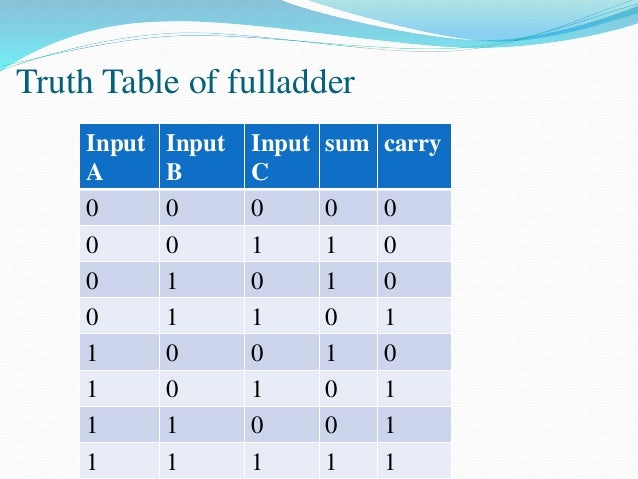

The input numbers are divided into two groups, and the sum and carry outputs of each group are computed independently.

It consists of two ripple carry adders operating in parallel.

This parallel computation technique improves the speed performance of the adder. It computes the carry signals for each stage of the adder in parallel, rather than relying on the carry propagation through the adder chain. Carry Look-Ahead Adder: A carry look-ahead adder (CLA) is designed to reduce the propagation delay associated with the ripple carry adder.However, the propagation delay through the carry chain can limit the speed of operation. It allows for the addition of multi-bit binary numbers. The carry output from one full adder is connected as the carry input to the next full adder, forming a chain. Ripple Carry Adder: A ripple carry adder is a combination of multiple full adders connected in a cascading manner.The sum output provides the least significant bit of the addition result, while the carry output indicates whether there is a carry-out from the addition. It has three inputs, A, B, and Cin, and two outputs, Sum (S), and Carry (Cout). Full Adder: A full adder is an extension of the half adder and is used to add two single-bit binary numbers along with a carry-in (Cin) bit.It has two inputs, A and B, and two outputs, Sum (S) and Carry (C). Half Adder: A half adder is the simplest form of an adder and is used to add two single-bit binary numbers.Here are the commonly used types of adder in digital electronics:

Types of adder in digital electronics circuit Design of Full adder using the NAND gates.How to design Full adder in digital electronics.Design of Half adder in digital electronics using NAND gates.How to construct half adder in digital electronics.Types of adder in digital electronics circuit.


 0 kommentar(er)
0 kommentar(er)
